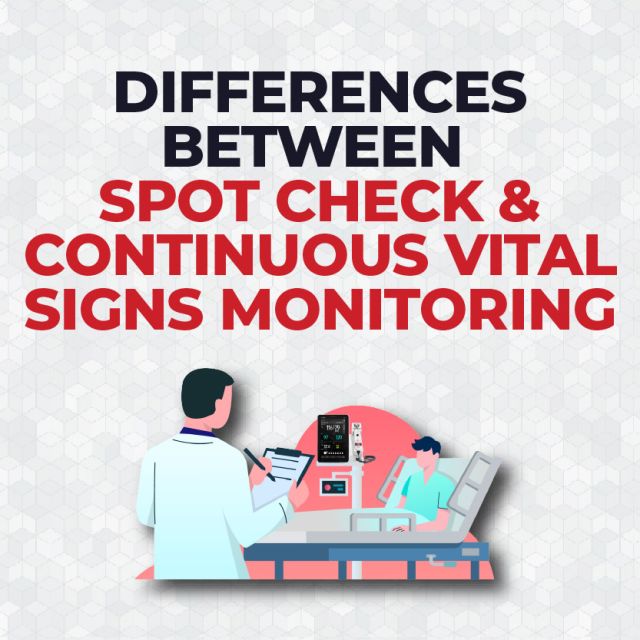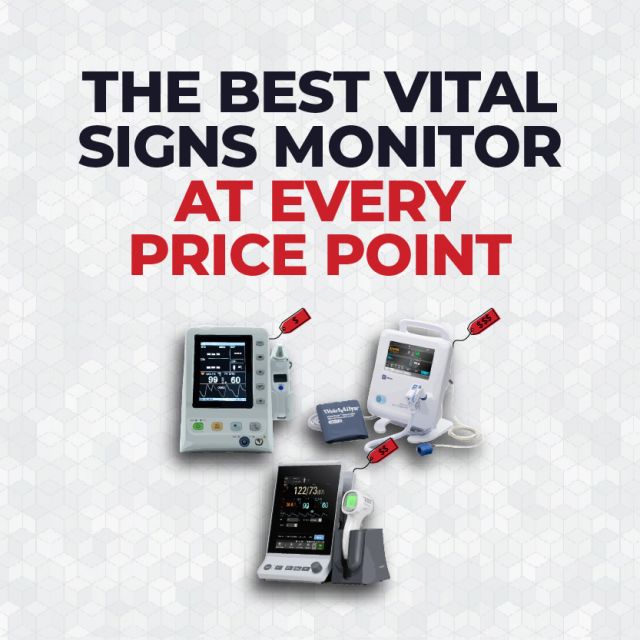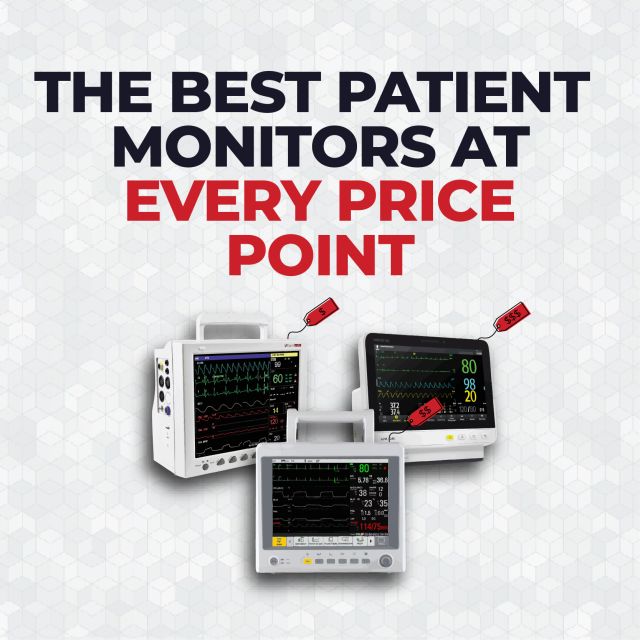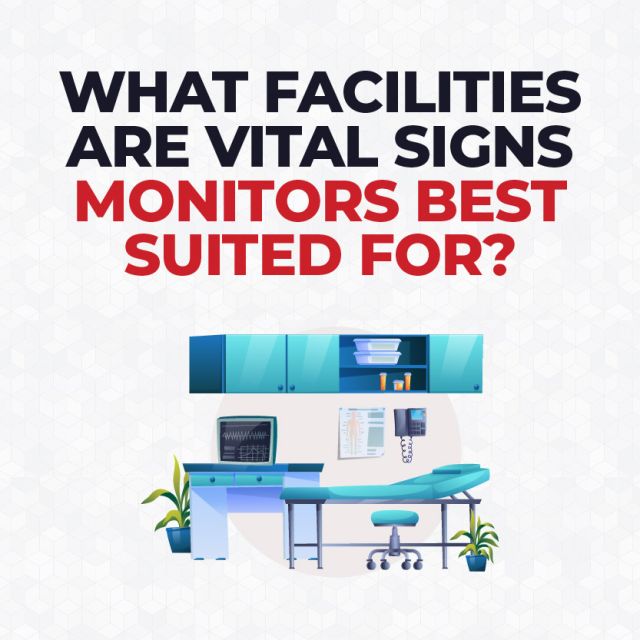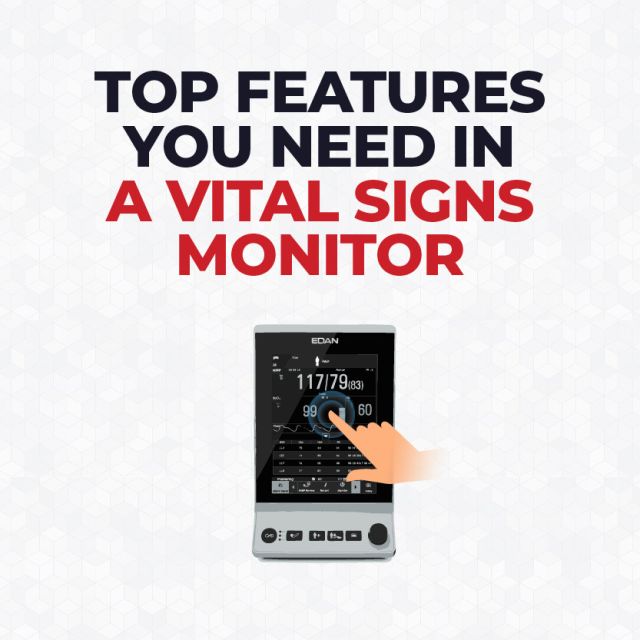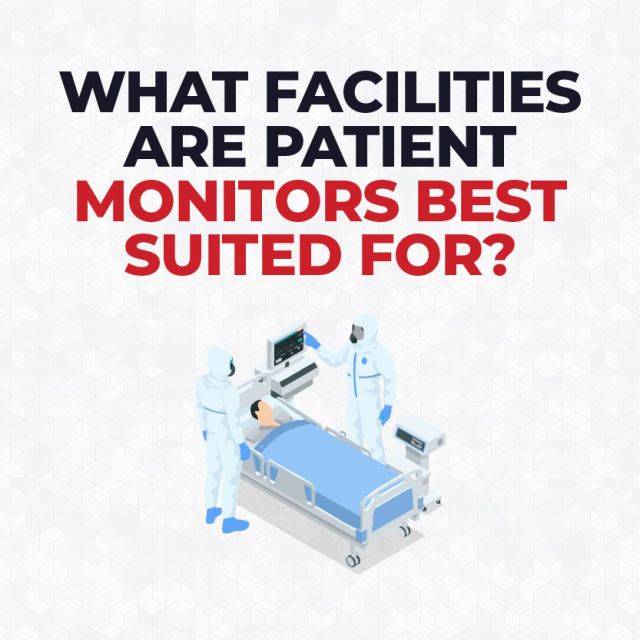Vital Sign Monitor Buyer’s Guide
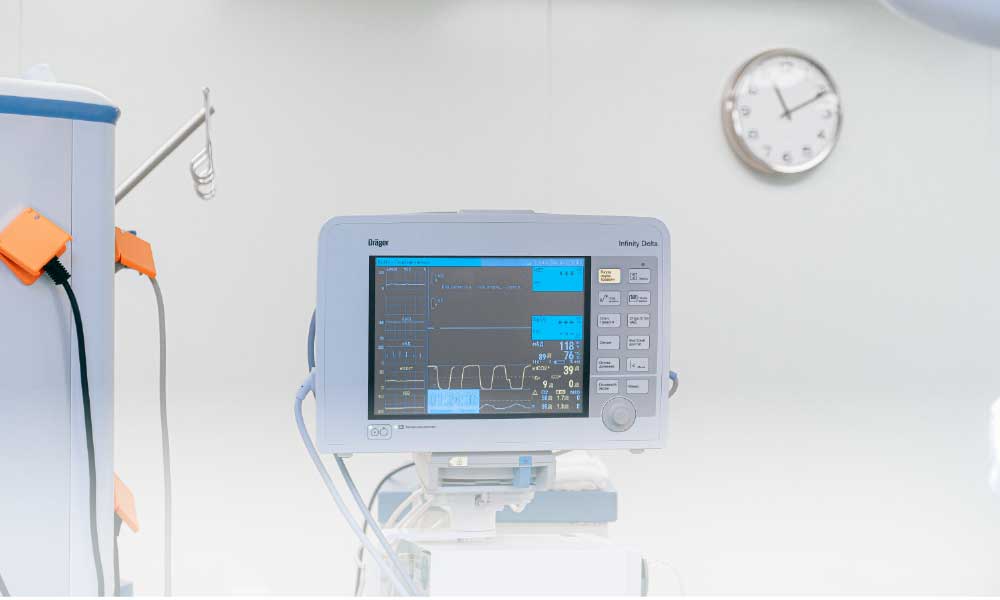
A vital sign monitor can indicate the state of the body’s most basic functions. Taking someone’s vital signs is a good way to quickly assess their overall health. Vital signs give medical professionals the information they need for a diagnosis. After that, they then, in turn, can provide medication or a treatment plan. Some vital signs can be taken and assessed immediately, while others are more in-depth tests of a person’s health.
A vital sign monitor indicates the status of a patient’s vital signs. In order to make an informed decision on which vital sign monitor to buy, a physician will want to know a few things. Specifically, configuration, whether or not the brand will be relevant to the cost, what functions of the machine will be crucial, and the quantity at which to buy for the best overall value.
Vital Signs
There are many vital signs that are typical for doctors, nurses, and other medical professionals to measure in different settings. Some of these vital signs include:
The pulse rate is a measure of a person’s heart rate or the number of times the heart beats per minute.
Blood pressure is the force of blood pushing up against the artery walls during the contraction and relaxation of the heart.
NIBP measures the patient’s blood pressure continuously in order to assess the overall health of a patient over time. NIBP requires non-invasive blood pressure cuffs.
IBP is often used in the ICU or other emergency facilities which involve invasively measuring blood flow.
Pulse oximetry is used to test how much oxygen is in the blood. This is a more extensive test that would typically be done in a hospital or doctor’s office.
The body’s temperature is a good measure of whether it’s being affected by an infection or an illness. If the temperature is decreasing from increased levels of treatment, then the body is likely responding to the treatment.
The respiration rate is the number of breaths a person takes per minute and is an important indicator of a person’s overall health.
Price Affecting Factors
Configuration:
Deciding to purchase a vital sign monitor? Well, it is important to consider which vital signs will be recorded frequently at your practice. Knowing this information will help narrow down the options and help manage your spending.
For instance, Invasive Blood Pressure is a feature that a cardiologist or emergency medical physician would find favorable in their practice. Whereas, Non-invasive Blood Pressure is a feature that would suffice for most practices that do not require advanced cardiac interventions. As you can imagine, the more options that your vital sign monitor has the more expensive the price. If your facility just needs to measure SpO2 and Non-Invasive BP, the price will be significantly lower.
A basic vital sign monitor with NIBP & SpO2 only will cost anywhere from $800 – $1795. That is, depending on the brand, age, and technologies. If your facility requires tympanic temp or oral temp, the price will go up by anywhere from $200 – $800. Meaning, your average price will be around $1,095 – $2295. If for some reason your facility needs any additional parameters, we recommend purchasing a patient monitor.
Even the SpO2 technology will vary in price. When purchasing Masimo SpO2 technology, it will come with a higher price tag than Nellcor or other SpO2 sensor options. This leads to the next important factor that determines price: Brand.
Brand:
Similar to any consumer product, the price of any vital sign monitor will vary depending on the brand. Welch Allyn, GE Healthcare, CardioTech & Edan are top brands, therefore, their vital sign monitors will be more expensive. This in part is due to the hidden marketing costs that are needed to keep their brand relevant. Another influence of higher cost is products that are manufactured by one company to be sold by another company.
The lesser-known vital sign monitor brands are typically the best options for any facility as the price paid will reflect more on the quality of the technology. However, brand names do typically impact an individual’s willingness to buy a product in hopes that they will receive better warranty options and technical support. However, when purchasing a vital sign monitor (VSM) one should examine to see if affordable VSM offer similar or better, warranties, and services as the brand names.
Features:
Features play a determining factor in your equipment price and ease of use. Like a fully-loaded car, the more features a medical device has, the more the cost. Some of these additional features include printing, vital sign results, connect wirelessly to a network, touchscreen, etc.
Adding a printer to your vital sign monitor can add anywhere from $150 to $500 depending on the brand and distributor. Adding WiFi or touchscreen can add up to $1,000 to your initial vital sign monitor price. As a buyer, determine what vital sign monitor would have the features to be the best investment for your practice/facility.
If purchasing for a smaller or newer facility, you may not require any robust features such as wireless data transmission, touch screens, or mobility options. If you’re in a hospital or large-scale medical facility, features, and functions like wireless data transmission may be an absolute requirement.
Quantity:
The number of machines that your facility is purchasing may also affect the price and discounts available. If purchasing for a newer or smaller medical facility you will most likely need to buy fewer units. If purchasing from a larger facility that is looking to acquire many vital sign monitors, stocking/high-volume influences the overall pricing.
Buying more than one monitor will bolster some sort of discount, whether that discount amount is substantial or minimal, it will be based on the distributor that you purchase from. Additionally, buying more than 3 monitors will typically land you a 10% discount. Buying 5 or more vital sign monitors could land you up to a 25% discount on MSRP.
Conclusion
In short, when purchasing any monitor, the price is not the only consideration nor should it be the determining factor. The configuration of the device is important because all practices have different demands and will likely need unique configurations. The brand is not very important, the quality of vital sign monitors relies on technology, not the name, in most cases the name will be an unnecessary extra cost. The features of vital signs monitors are not essential but can give a vital sign monitor more ease of use and practicality. Finally, the quantity at which vital sign monitors are purchased can provide a substantial discount on each unit.


